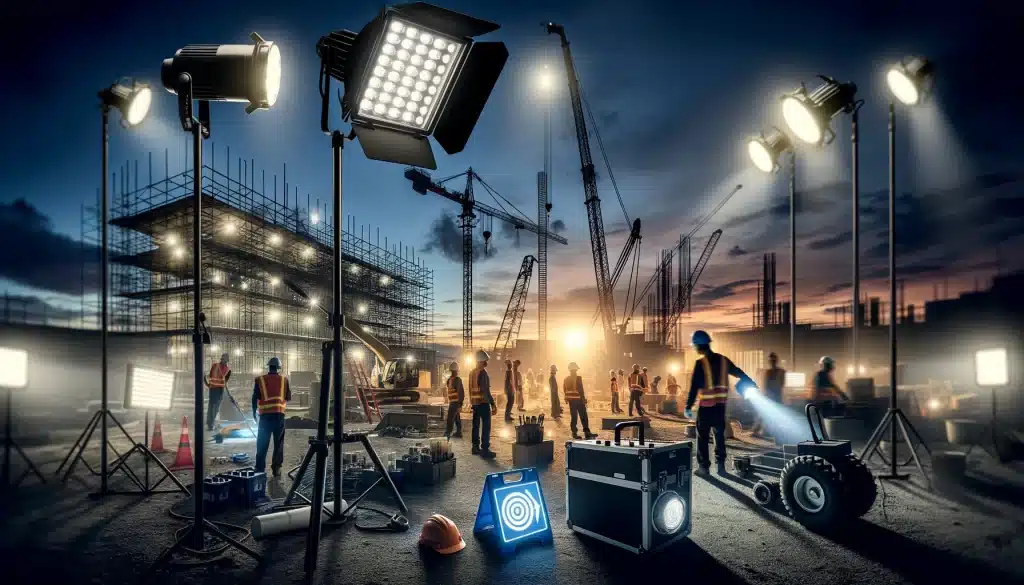
Welcome to Tally Ho Lighting
Welcome to Tally Ho Lighting
In the world of interior design, creating the illusion of space in a small room is a common challenge. Fortunately, there is a secret lighting hack that interior designers rely on to make small spaces look bigger. By strategically incorporating lighting techniques, you can transform your compact living areas into open and airy havens. In this article, we will delve into the details of this lighting hack and guide you through the process of implementing it in your own home.
Before we dive into the specifics of the lighting hack, it’s important to understand the psychology of light. Light has a profound impact on how we perceive space. Bright, well-lit areas tend to feel more expansive and inviting, while dimly lit spaces can feel cramped and claustrophobic.
One of the key elements in making a small space appear larger is maximizing the use of natural light. Start by ensuring that your windows are not obstructed by heavy curtains or furniture. Opt for sheer or light-colored curtains that allow ample sunlight to filter through. Natural light not only brightens up a room but also creates a seamless connection between the indoor and outdoor areas, visually expanding the space.
Mirrors are an integral part of the lighting hack used by interior designers. Placing mirrors strategically can reflect natural light throughout the room, making it appear larger and more open. Consider positioning mirrors opposite windows or in areas where they can bounce natural light into darker corners. Additionally, using large mirrors can create the illusion of depth, making the room feel more spacious than it actually is.
In addition to natural light, artificial lighting plays a crucial role in creating the illusion of space. When selecting light fixtures, opt for those that distribute light evenly and provide a soft, diffused glow. Avoid harsh, direct lighting that can create shadows and make the room feel smaller. Pendant lights, recessed lighting, and wall sconces are great options to consider.
To make a small space feel larger, it’s important to incorporate multiple layers of light. This technique, known as light layering, involves using a combination of ambient, task, and accent lighting. Ambient lighting provides overall illumination, task lighting serves specific purposes such as reading or cooking, and accent lighting highlights architectural features or artwork. By layering light, you can create depth and add visual interest to the room, ultimately making it feel more spacious.
LED lighting is a game-changer when it comes to small spaces. LED lights are energy-efficient, emit less heat, and can be easily dimmed or adjusted to suit your needs. By using LED strip lights under cabinets, shelves, or along the perimeter of the room, you can create a subtle, indirect lighting effect that enhances the sense of space. LED lights also come in a variety of colors, allowing you to customize the ambiance of your room.
In small spaces, it’s important to utilize every inch of available space. One way to achieve this is by incorporating vertical lighting elements. Wall-mounted fixtures, such as sconces or uplights, draw the eye upward and create the illusion of higher ceilings. Additionally, floor lamps with tall stands can visually elongate the space, making it feel more expansive.
Incorporating the secret lighting hack used by interior designers can significantly transform the way small spaces are perceived. By understanding the psychology of light, maximizing natural light, utilizing mirrors, choosing the right light fixtures, layering light, harnessing LED lighting, and incorporating vertical lighting elements, you can make your small space appear larger and more inviting. Remember, lighting is not only functional but also a powerful design tool. So, go ahead and experiment with different lighting techniques to create the illusion of space in your own home.
Share to :

Lighting the way to a brighter tomorrow, one space at a time
Copyright © All Right Reserved